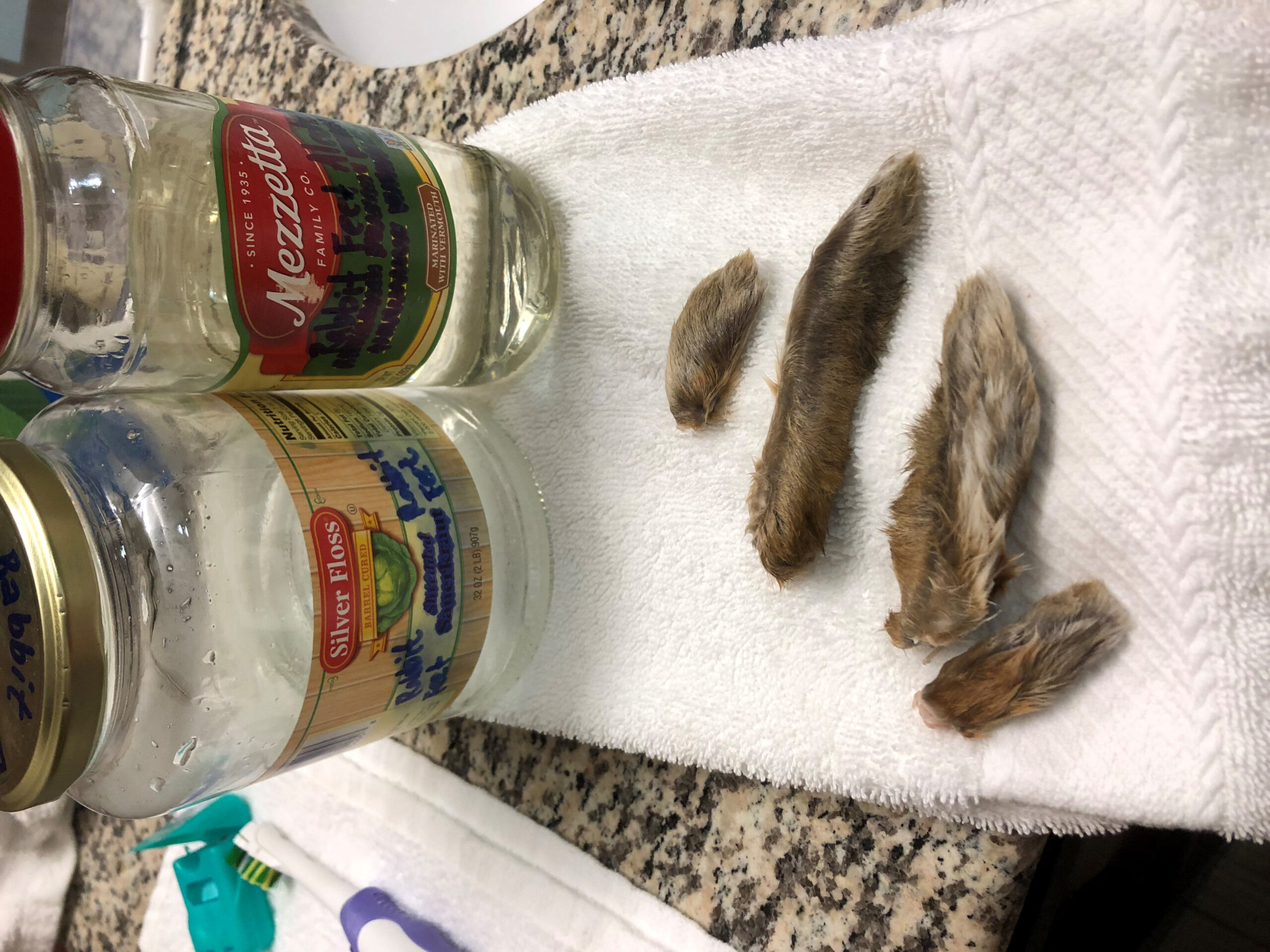How to Cure a Rabbit Foot?
Rabbit foot, also known as pododermatitis, is a common condition that affects many rabbits worldwide. It is characterized by inflammation and swelling of the foot, making it a painful experience for the rabbit. If left untreated, it can lead to serious complications. In this article, we will discuss various methods to cure a rabbit’s foot and provide essential care to prevent further issues.

Caring for a Rabbit Foot
1. Observe and Identify the Symptoms
The first step to curing a rabbit foot is to identify the symptoms. Look for signs such as redness, swelling, discharge, and limping. These indications suggest the presence of pododermatitis. If you notice any of these symptoms, it is crucial to take immediate action to alleviate your rabbit’s discomfort.
2. Consult a Veterinarian
It is essential to seek professional guidance from a veterinarian if you suspect your rabbit has a foot problem. A veterinarian will be able to diagnose the condition accurately and recommend the most appropriate treatment for your furry friend. They may also provide advice on preventing future occurrences.
3. Clean and Disinfect
To cure a rabbit foot, it is crucial to keep the affected area clean and free from infection. Follow these steps:
- Gently wash the foot with lukewarm water and mild soap.
- Pat the foot dry with a clean towel.
- Apply an antiseptic solution or ointment recommended by your veterinarian.
- Ensure the cage or hutch is kept clean to prevent the accumulation of bacteria.
4. Provide Soft Bedding
One of the main causes of pododermatitis is the constant pressure on a rabbit’s feet. Providing soft bedding can help alleviate this issue. Opt for bedding materials such as straw, hay, or soft blankets. Avoid using wire-bottomed cages as they can worsen the condition.
Preventing Rabbit Foot Issues
1. Regularly Check and Clean the Feet
By regularly inspecting and cleaning your rabbit’s feet, you can identify any signs of pododermatitis at an early stage. Inspecting the feet should be a part of your routine grooming sessions. Use a damp cloth or mild wipes to gently clean the feet and remove any dirt or debris.
2. Provide Proper Flooring
To prevent foot problems, ensure that your rabbit’s enclosure has appropriate flooring. Avoid wire-bottomed cages or hard surfaces that can cause discomfort or injury to their feet. Instead, use solid flooring options such as wood or plastic with adequate bedding for cushioning.
3. Maintain a Healthy Diet
A balanced and nutritious diet plays a crucial role in maintaining good overall health, including healthy feet. Provide your rabbit with a diet rich in hay, fresh vegetables, and a small amount of high-quality rabbit pellets. Avoid feeding excessive sugary treats or foods that are high in carbohydrates.
4. Encourage Exercise
Regular exercise is not only essential for your rabbit’s physical well-being but also helps prevent foot problems. Provide opportunities for your rabbit to run, hop, and explore in a safe and rabbit-proofed area. Encouraging exercise will help maintain healthy blood circulation to the feet, preventing issues such as pododermatitis.
Proper hygiene and preventative care are key to curing and preventing rabbit foot problems. – Dr. Elizabeth Jones, Veterinarian
Frequently Asked Questions (FAQs)
1. Can I use over-the-counter creams to cure rabbit foot?
It is important to consult a veterinarian before using any over-the-counter creams or ointments on your rabbit’s foot. The veterinarian will determine the most appropriate treatment based on the severity of the condition.
2. How long does it take to cure a rabbit foot?
The time it takes to cure a rabbit foot depends on various factors, such as the severity of the condition and the treatment provided. Mild cases may heal within a few weeks, while more severe cases may take several months of consistent care.
3. Can a rabbit develop foot problems again after treatment?
Yes, rabbits can develop foot problems again even after treatment. It is crucial to provide them with proper care, including regular foot checks, appropriate flooring, and a healthy diet, to prevent future occurrences.
4. Are certain rabbit breeds more prone to foot problems?
Some rabbit breeds, such as those with large and heavy bodies or long fur, may be more prone to foot problems. However, proper care and preventative measures can significantly reduce the risk for any rabbit breed.
By following proper care and treatment methods, you can effectively cure a rabbit foot and provide your furry friend with a pain-free and healthy life!
Related Articles…
Copyright Notice:
All images featured on this site are sourced from the internet, copyrights belong to respective owners. Should you own any image and require it to be removed, please contact us.